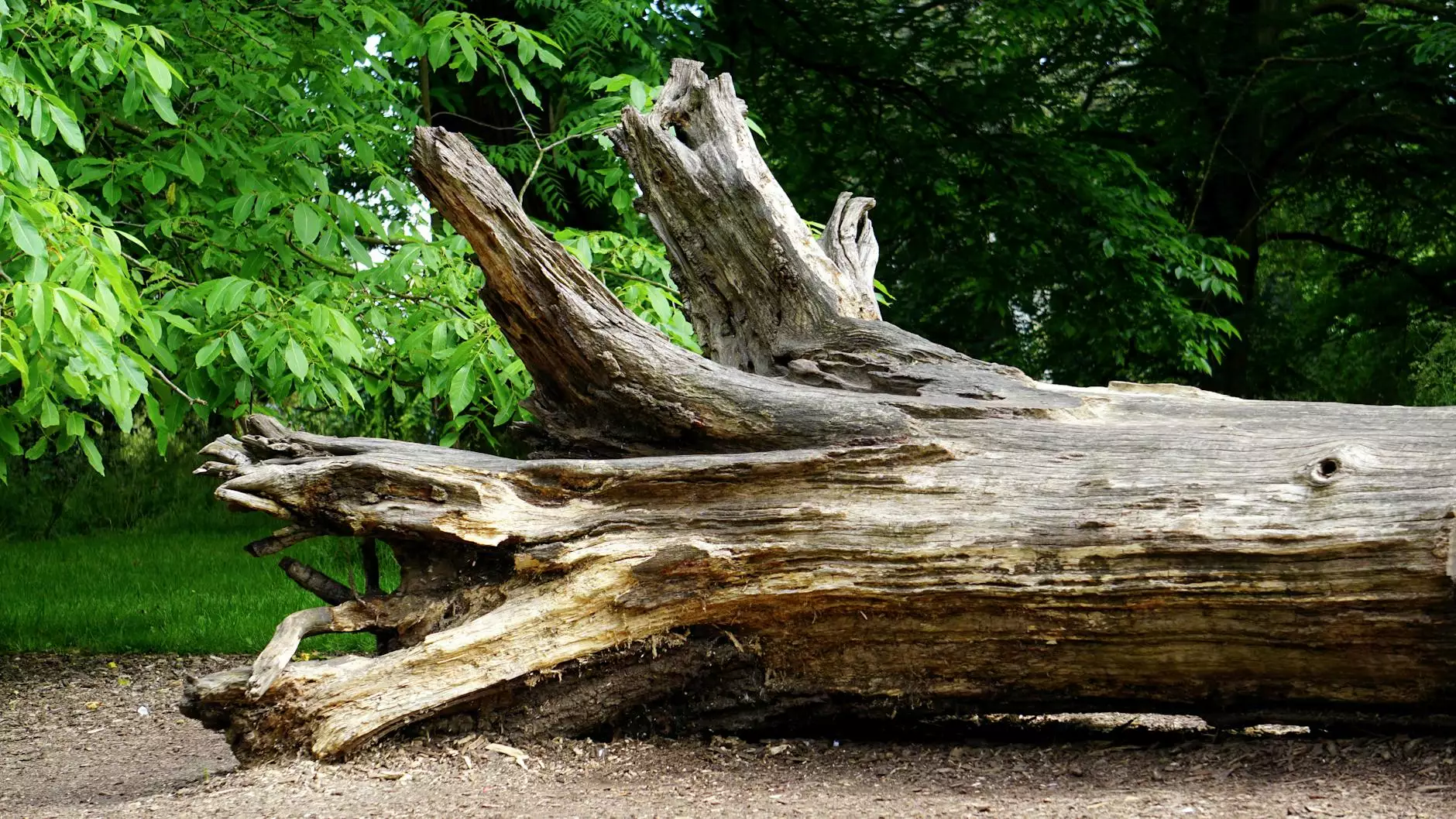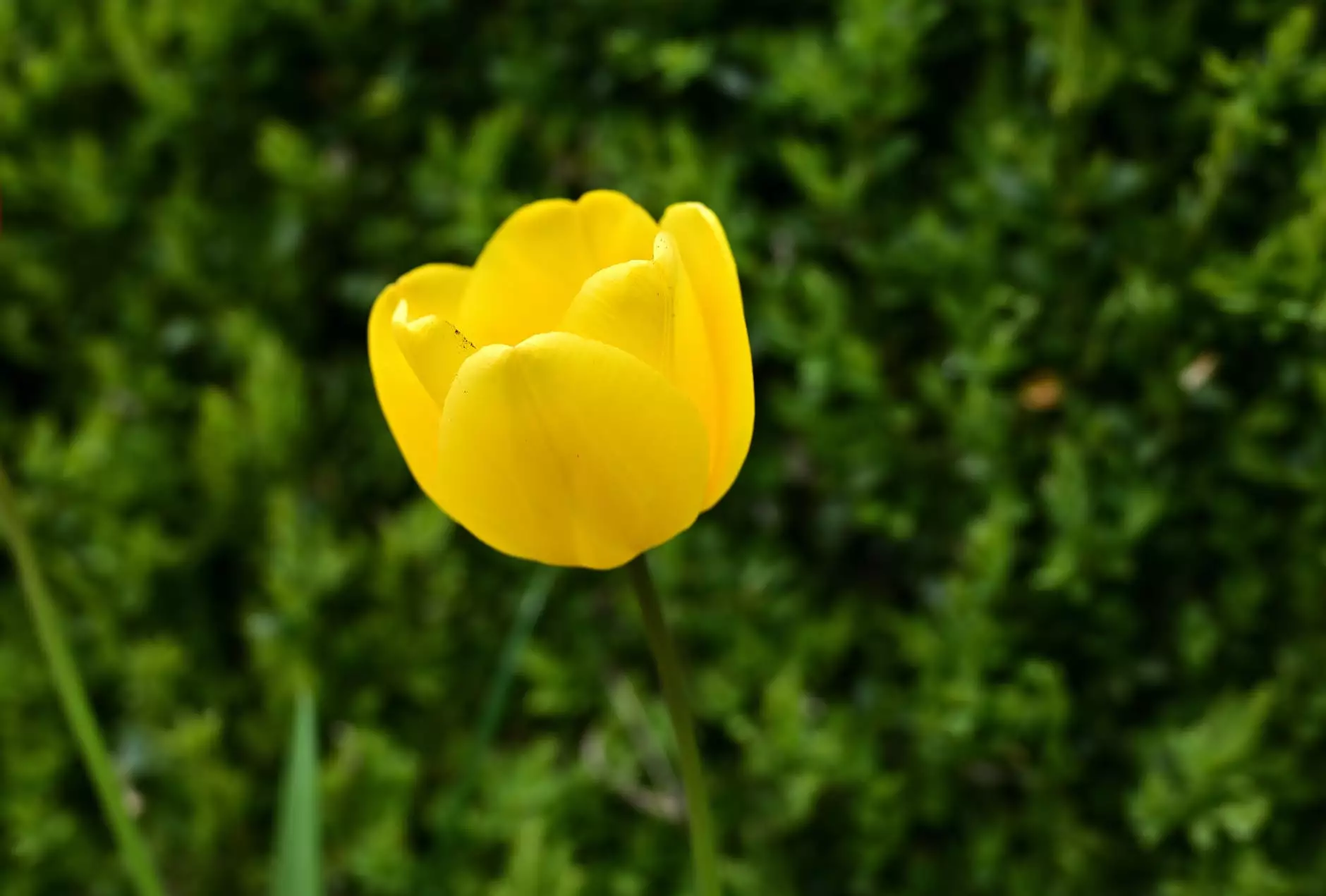American Hornbeam - Carpinus caroliniana

Introduction
Welcome to Cutting Hedge Services, your premier source for high-quality trees and landscaping services. In this article, we will explore the beautiful and versatile American Hornbeam, scientifically known as Carpinus caroliniana. This native North American tree species is highly regarded for its aesthetic appeal, adaptability, and versatility in landscaping projects.
Characteristics
The American Hornbeam is a deciduous tree that typically reaches a height of 20 to 30 feet, with a spread of 15 to 25 feet. Its compact size and attractive form make it an excellent choice for various landscape settings. The tree features a smooth, gray bark that resembles muscle tissue, adding visual interest throughout the year.
Growth Pattern
The American Hornbeam has a slow to moderate growth rate and is known for its ability to thrive in a wide range of soil conditions, including clay and loamy soils. It prefers partial shade to full shade and is highly adaptable to urban environments, making it a popular choice for residential and commercial landscapes.
Landscape Uses
Due to its versatility and aesthetic appeal, Carpinus caroliniana is often incorporated into various landscaping designs. Here are some key applications:
- Shade Tree: The dense foliage and broad canopy of the American Hornbeam provide excellent shade, making it ideal for creating a cozy outdoor space or protecting sensitive plants from excessive sunlight.
- Hedge or Screen: With its multi-stemmed growth habit, the American Hornbeam can be pruned to form hedges or screens, offering privacy and visual barriers in your landscape.
- Accent Tree: Planted as a specimen tree, the American Hornbeam adds beauty and interest to any landscape design. Its unique texture and attractive form make it a standout feature in gardens, parks, and public spaces.
- Woodland Gardens: The natural understory environment is well-suited for the American Hornbeam, making it an ideal choice for creating woodland gardens. Its shade tolerance and elegant appearance create a serene and enchanting atmosphere.
Care and Maintenance
The American Hornbeam is relatively low-maintenance once established, but proper care during the initial stages is essential for its long-term health. Here are some tips:
- Planting: Choose a location that provides the tree with the right amount of shade and well-drained soil. Dig a hole that accommodates the root ball and backfill with a mixture of compost and soil. Water thoroughly after planting.
- Watering: While the American Hornbeam is moderately drought-tolerant, regular watering is crucial, especially during dry periods. Deep watering once a week is usually sufficient.
- Pruning: Prune the tree during the dormant season to maintain its shape and remove any dead or crossing branches. Avoid excessive pruning, as the American Hornbeam has a natural, attractive form.
- Fertilization: A balanced, slow-release fertilizer in spring can promote healthy growth. However, avoid excessive fertilization, as it may encourage weak, rapid growth.
Conclusion
In conclusion, the American Hornbeam (Carpinus caroliniana) is a remarkable tree species that offers exceptional beauty and versatility in landscaping projects. With its unique characteristics, adaptability, and various applications, the American Hornbeam proves to be an excellent addition to any residential or commercial landscape. At Cutting Hedge Services, we take pride in offering the finest American Hornbeam specimens to enhance the natural beauty of your outdoor spaces. Contact us today to learn more about this captivating tree species and how it can transform your landscape.
Disclaimer: The information provided on this page is for educational purposes only. Cutting Hedge Services does not guarantee specific results or outcomes based on the implementation of the described techniques.




